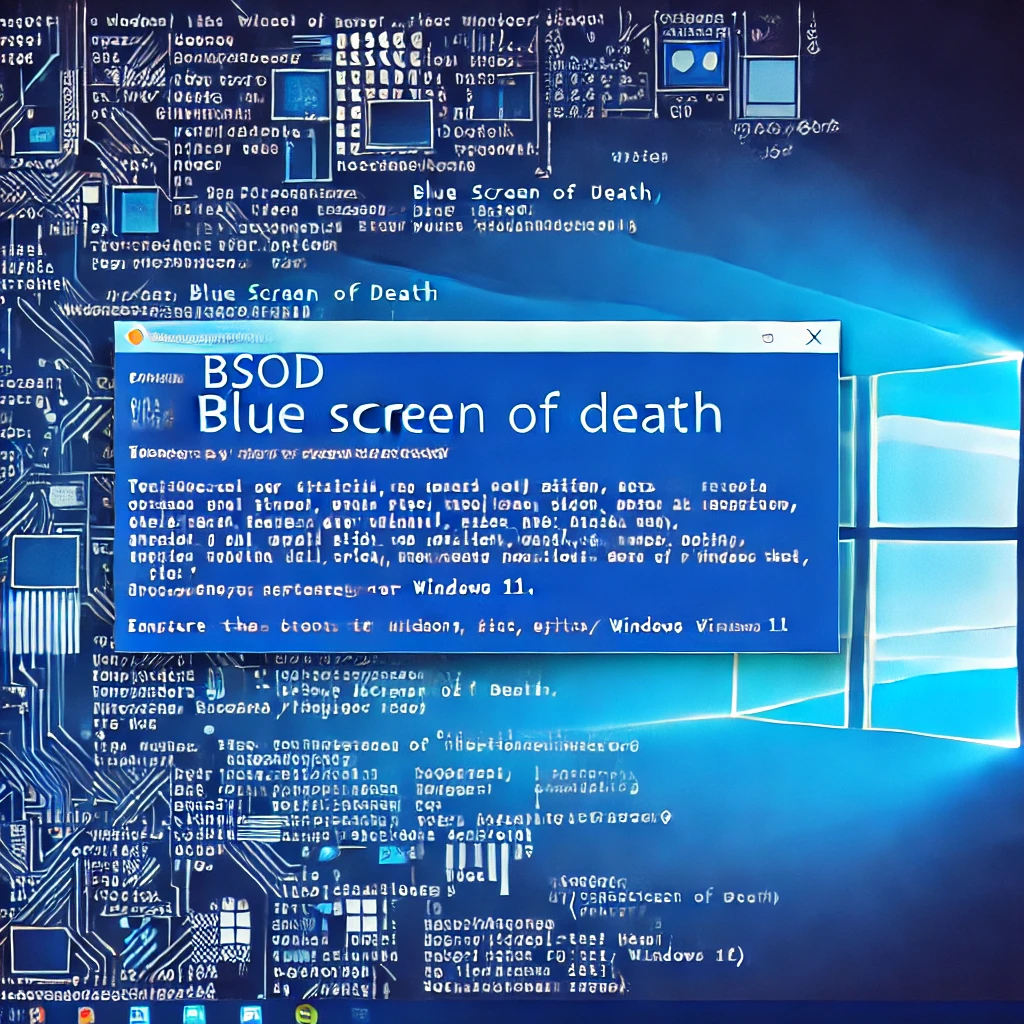Introduction
In July 2024, a significant incident unfolded in the cybersecurity realm when a faulty update to CrowdStrike’s Falcon Sensor led to widespread crashes of Windows systems worldwide. The issue, which caused the notorious “Blue Screen of Death” (BSOD) on affected devices, disrupted operations across various sectors and underscored the critical importance of rigorous update testing and disaster recovery plans. This article explores the incident, its impact, the response from CrowdStrike, and the broader implications for the industry.
The Incident: What Happened?
Faulty Update Release
On July 19, 2024, CrowdStrike released a content update for its Falcon Sensor product, a widely used endpoint detection and response (EDR) tool. This update contained a defect that triggered BSODs on many Windows systems, rendering them unusable and causing significant operational disruptions.
Immediate Impact
The impact of the faulty update was felt across the globe. Businesses and individual users reported system crashes shortly after applying the update. Key sectors, including airlines, financial institutions, retail chains, and hospitals, experienced severe disruptions in their operations. Cloud service providers such as Google Cloud, Microsoft Azure, and Amazon Web Services (AWS) also reported significant issues with their Windows virtual machines, exacerbating the situation.
CrowdStrike’s Response and Mitigation Efforts
Identifying the Problem
CrowdStrike swiftly identified the update as the root cause of the system crashes. The company responded by issuing a fix and providing detailed mitigation instructions to help affected users restore their systems:
- Boot into Safe Mode or Windows Recovery Environment: This step helps in avoiding the BSOD during the recovery process.
- Navigate to the CrowdStrike Directory: Users were instructed to go to
C:\Windows\System32\drivers\CrowdStrike. - Delete the Problematic File: Deleting the file named “C-00000291*.sys” from the directory.
- Restart the System: Users were then advised to restart their computers or servers normally.
Communication
George Kurtz, CEO of CrowdStrike, emphasized that this incident was a defect in the update process and not a security breach. The company actively communicated with its customers, urging them to follow the provided mitigation steps and stay informed through the support portal for ongoing updates.
Broader Implications and Industry Reactions
The CrowdStrike update incident not only caused immediate operational challenges but also raised broader concerns about software update management and cybersecurity practices.
Cloud Service Providers’ Actions
- Google Cloud: Reported that Windows VMs affected by the faulty patch crashed and could not reboot. Google advised customers with running VMs that these should now be stable and provided additional support for those still facing issues.
- Microsoft Azure: Indicated that some customers reported recovery after multiple restart attempts, with up to 15 reboots potentially needed for a full recovery.
- AWS: Implemented mitigation steps and provided guidance to customers for restoring connectivity and stability.
Expert Insights
Security professionals underscored the significance of this incident as a reminder of the potential risks associated with software updates, especially those involving high-privilege security products. Kevin Beaumont, a prominent security researcher, highlighted the severe impact of the defective driver causing consistent Windows crashes.
Jake Moore, global security advisor at ESET, emphasized the necessity of having multiple fail-safes and diverse IT infrastructure to avoid widespread disruption. He pointed out that relying on a single technology provider or product can lead to significant vulnerabilities.
Omkhar Arasaratnam from OpenSSF stressed the importance of technological diversity within supply chains. He advocated for gradual rollouts of updates to monitor and manage impacts in smaller, controlled batches, thereby reducing the risk of widespread failures.
Lessons Learned and Future Precautions
The CrowdStrike update debacle provides several key lessons for businesses and cybersecurity professionals:
Importance of Rigorous Testing
Before deploying updates, especially those affecting critical security systems, extensive testing in varied environments is crucial. Simulating potential issues and running comprehensive quality assurance checks can help identify defects that might cause operational disruptions.
Fail-Safe Mechanisms
Organizations should implement robust fail-safe mechanisms to quickly revert to a stable state in case of an update failure. This includes maintaining backups, having recovery procedures in place, and ensuring that there are alternate systems to fall back on during such incidents.
Diversifying IT Infrastructure
To mitigate the risk of widespread impact from a single point of failure, businesses should diversify their IT infrastructure. Using a mix of different security products and services can provide resilience against failures in one specific system or provider.
Gradual Rollouts
Gradually rolling out updates, starting with a small segment of users or systems, allows organizations to monitor and address any issues before they affect the entire user base. This approach reduces the risk of widespread disruptions and allows for more controlled management of potential problems.
Conclusion
The faulty CrowdStrike update incident serves as a critical reminder of the complexities and risks inherent in managing cybersecurity products. While the immediate focus was on mitigating the damage and restoring system functionality, the broader implications highlight the need for rigorous testing, robust fail-safes, and diversified IT infrastructure.
Moving forward, both cybersecurity firms and their clients must prioritize these best practices to enhance resilience against similar incidents. By staying vigilant and proactive, organizations can better protect themselves against the cascading effects of faulty software updates.
